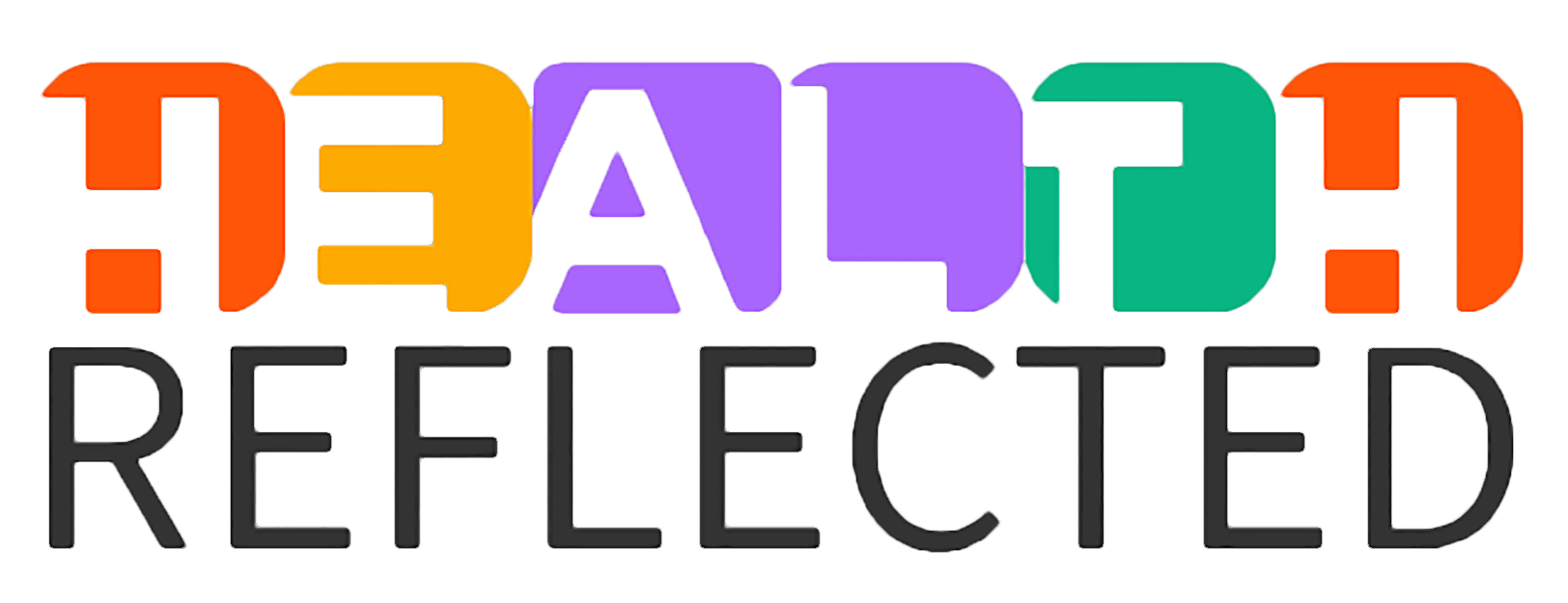Home Workout Routines: Introduction
Home workout routines can easily revolutionize your fitness journey from the comfort of your own home. In 2025, home workout routines have become more than just a trend—they're a lifestyle transformation that's helping millions achieve their fitness goals without expensive gym memberships or complicated equipment.
Whether you're a complete beginner looking to start your fitness journey, a busy professional seeking efficient workout solutions, or someone who prefers the privacy and convenience of exercising at home, this comprehensive guide will provide you with everything you need to create an effective, sustainable home workout routine that delivers real results.
In this article, you'll discover proven home workouts no equipment strategies, learn how to design a workout plan for beginners, explore the latest 2025 fitness trends that are reshaping home exercise, and gain access to expert-designed routines that can help you lose weight, build strength, and improve your overall health—all from your living room.
Table of Contents
Home Workout Routines Are Dominating 2025-Why?
The fitness landscape has undergone a dramatic transformation, with wearable technology ranking as the #1 fitness trend for 2025. This shift toward home-based fitness is driven by several compelling factors that make home workout routines more attractive than ever before.
The Rise of Digital Fitness Solutions
According to the American College of Sports Medicine's 2025 Fitness Trends report, mobile exercise applications have climbed to #2 on the trending list, reflecting how technology is revolutionizing home fitness. These apps provide personalized workout plans, real-time form corrections, and progress tracking that rivals traditional gym experiences.
Cost-Effectiveness and Convenience
Home workout routines eliminate the need for expensive gym memberships, commuting time, and rigid schedules. The average gym membership costs $600-1,200 annually, while effective home workouts can be performed with minimal to no equipment investment.
Privacy and Comfort
Many fitness enthusiasts prefer the privacy of their home environment, especially beginners who may feel intimidated in traditional gym settings. This comfort factor leads to more consistent workout adherence and better long-term results.
Essential Equipment-Free Home Workout Routines for Beginners
The Foundation: Bodyweight Basics
Beginner Bodyweight Circuit (20 minutes)
Perform this circuit 2-3 times with 60-90 seconds rest between rounds:
- Bodyweight Squats: 10-15 reps
- Modified Push-ups: 8-12 reps (knee or wall push-ups)
- Walking Lunges: 10 reps per leg
- Plank Hold: 15-30 seconds
- Glute Bridges: 12-15 reps
- Mountain Climbers: 20 reps total
Progressive Intermediate Routine
Once you've mastered the basics (typically after 2-4 weeks), progress to this intermediate circuit:
Intermediate Home Workout (30 minutes)
Circuit A (3 rounds):
- Standard Push-ups: 10-15 reps
- Jump Squats: 12-15 reps
- Single-leg Glute Bridges: 10 per leg
- Pike Push-ups: 8-10 reps
Circuit B (3 rounds):
- Burpees: 5-8 reps
- Reverse Lunges: 12 per leg
- Tricep Dips (using chair): 10-12 reps
- Plank with Shoulder Taps: 10 per side
PDRN Therapy Benefits: The Next Breakthrough in Skin & Tissue Regeneration for 2025
Weight Loss-Focused Home Workout Plans
High-Intensity Interval Training (HIIT) at Home
HIIT remains a top fitness trend for 2025, ranking #6 in professional surveys due to its effectiveness across demographics. Here's a proven weight loss workout plan you can perform at home:
Fat-Burning HIIT Routine (25 minutes)
Warm-up (5 minutes):
- Arm circles: 30 seconds each direction
- Leg swings: 30 seconds each leg
- Gentle jumping jacks: 1 minute
- Body weight squats: 2 minutes
Main Workout (15 minutes - 45 seconds work, 15 seconds rest):
Repeat for 3 complete rounds.
Cool-down (5 minutes):
Metabolic Conditioning Workout
This routine specifically targets weight loss tips by combining strength and cardio elements:
Metabolic Circuit (20 minutes)
- Squat to Overhead Reach: 45 seconds
- Push-up to Downward Dog: 45 seconds
- Alternating Reverse Lunges: 45 seconds
- Plank Jacks: 45 seconds
- Rest: 60 seconds
Complete 4 rounds for maximum fat-burning benefits.
Building Strength with Home Workout Routines
Upper Body Strength Without Weights
Traditional strength training has returned to #5 in the 2025 fitness trends, emphasizing the importance of building functional strength. Here's how to develop upper-body strength at home:
Day 1 & 3: Pushing Movements
- Standard Push-ups: 3 sets of 8-12 reps
- Decline Push-ups (feet elevated): 3 sets of 6-10 reps
- Pike Push-ups: 3 sets of 8-10 reps
- Tricep Dips: 3 sets of 10-12 reps
Day 2 & 4: Pulling Movements
- Superman: 3 sets of 12-15 reps
- Reverse Plank: 3 sets of 15-30 seconds
- Wall Slides: 3 sets of 15 reps
- Prone Y-Raises: 3 sets of 12 reps
5 Best Foods to Boost Collagen for Skin and Achieve a Flawless Complexion
Lower Body Strength Development
Focus on functional fitness training, which ranks #9 in 2025 trends:
- Goblet Squats (using household item): 3 sets of 12-15 reps
- Bulgarian Split Squats: 3 sets of 10 per leg
- Single-leg Deadlifts: 3 sets of 8 per leg
- Wall Sit: 3 sets of 30-45 seconds
- Calf Raises: 3 sets of 20 reps
Mental Wellness Integration in Home Fitness
Mind-Body Connection
Exercise for mental health ranks #8 in 2025 fitness trends, reflecting the growing recognition of fitness's role in psychological well-being. Integrating mindfulness into your home workout routines enhances both physical and mental benefits.
Easy Biohacks for Beginners: Simple Hacks to Optimize Your Health
Stress-Relief Workout Sequence
Mindful Movement Routine (15 minutes)
- Deep Breathing: 2 minutes focused breathing
- Gentle Yoga Flow: 5 minutes of flowing movements
- Meditation Walk (in place): 3 minutes
- Gratitude Stretching: 5 minutes of mindful stretching
This combination addresses the 2025 trend of resistance training being crucial for brain health, while incorporating stress management techniques that support overall wellness.

Nutrition Support for Home Workout Success
Pre and Post-Workout Nutrition
The most googled fitness question is "What to eat before and after a workout?", making nutrition guidance essential for your home workout routine success.
Pre-Workout Fuel (30-60 minutes before):
- Light carbohydrate source: banana, apple, or whole-grain toast
- Moderate protein: Greek yogurt or a small handful of nuts
- Adequate hydration: 16-20 oz of water
Post-Workout Recovery (within 30 minutes):
- Protein for muscle repair: protein shake, eggs, or lean chicken
- Carbohydrates for glycogen replenishment: rice, sweet potato, or fruit
- Continued hydration: 20-24 oz water per pound lost during exercise
Hydration Strategy
Following WHO's 2025 health recommendations, aim for adequate daily water intake to support your home workout routine:
- Pre-exercise: 16-20 oz, 2-3 hours before
- During exercise: 6-8 oz every 15-20 minutes
- Post-exercise: 150% of fluid lost through sweat
Technology and Tracking Your Progress
Leveraging 2025 Fitness Technology Trends
With wearable technology as the #1 fitness trend and mobile exercise apps ranking #2, incorporating technology into your home workout routines can significantly enhance results.
Recommended Tracking Metrics:
- Heart rate variability for recovery assessment
- Sleep quality impact on exercise performance
- Workout consistency and progression tracking
- Mood and energy levels correlate with exercise
To further enhance your home workout experience with the latest fitness tech, consider integrating trusted wearable devices into your routine. Wearables like smartwatches and fitness trackers monitor your heart rate, track steps, and provide valuable health insights, making every workout smarter and more effective.
Looking to get started? Check out our recommended selection of top-rated wearables available on Amazon. Click Me—Choosing the right device can help you stay motivated, track progress, and achieve your fitness goals faster. (As an Amazon Associate, I earn from qualifying purchases.)
Tip: Selecting wearables with features like sleep tracking, GPS, and workout reminders maximizes your results at home.

Setting SMART Fitness Goals
Following evidence-based goal-setting principles for your home workout routine:
Specific: "I will complete 3 home workout sessions per week."
Measurable: "Each session will be 30 minutes long."
Achievable: "I'll start with beginner routines and progress monthly."
Relevant: "This supports my goal of losing 1-2 pounds per week."
Time-bound: "I'll follow this plan for 12 weeks."
Common Mistakes and How to Avoid Them
Progression Pitfalls
- Doing Too Much Too Soon: Start with 2-3 sessions per week and gradually increase
- Ignoring Recovery: Include at least one rest day between intense sessions
- Poor Form Over Speed: Focus on proper technique before increasing intensity
- Lack of Progression: Gradually increase difficulty every 2-3 weeks
Motivation Maintenance
Research shows that fitness programs for older adults rank #3 in 2025 trends, emphasizing the importance of sustainable, long-term approaches. Apply these principles regardless of age:
- Variety: Change routines every 4-6 weeks to prevent boredom.
- Social Support: Share progress with family or online communities.
- Realistic Expectations: Aim for 1-2 pounds of weight loss per week, maximum.
- Celebration: Acknowledge non-scale victories like increased energy and better sleep.
Creating Your Weekly Home Workout Schedule
Beginner Weekly Plan
Intermediate Progression Plan
Increase workout duration to 30-45 minutes and add complexity to movements. Introduce single-limb exercises and plyometric movements for enhanced challenge.
Seasonal Adaptations and Long-term Success
Adapting to 2025 Fitness Trends
Stay current with evolving fitness trends by incorporating:
- Biohacking elements: Track sleep, stress, and recovery metrics
- Functional movements: Focus on everyday activity improvements
- Mental wellness integration: Combine physical exercise with mindfulness practices
- Technology utilization: Use apps and wearables for enhanced feedback
Building Sustainable Habits
Long-term success with home workout routines requires building sustainable habits:
- Start Small: Begin with 10-15 minute sessions if needed
- Consistency Over Intensity: Regular moderate exercise beats sporadic intense sessions
- Environmental Setup: Designate a specific workout space in your home
- Habit Stacking: Link workouts to existing routines (e.g., after morning coffee)
Conclusion
Home workout routines represent the future of fitness, combining convenience, effectiveness, and accessibility in ways that traditional gym-based programs simply cannot match. As we've explored throughout this comprehensive guide, the 2025 fitness landscape strongly favors home-based solutions, with wearable technology, mobile apps, and personalized approaches leading the transformation.
Whether you choose home workouts no equipment for simplicity, structured workout plans for beginners for guidance, or advanced weight loss workout plans for specific goals, the key to success lies in consistency, proper progression, and listening to your body's needs.
Remember that sustainable fitness isn't about perfect workouts—it's about creating lasting habits that support your health and wellness journey for years to come. Start with the beginner routines outlined in this guide, track your progress using 2025's cutting-edge fitness technology, and gradually build toward more challenging workouts as your strength and confidence grow.
The journey to better health begins with a single step—or in this case, a single home workout routine. Your transformation starts today, right from your living room.
Ready to start your home fitness transformation?
📱 Download our free "7-Day Home Workout Starter Kit" featuring beginner-friendly routines, printable exercise guides, and progress tracking sheets.
👉 Explore our related articles:
- Ozempic Beyond Weight Loss: The Drug That’s Reshaping Modern Medicine in 2025
- AI-Powered Fitness Tracking: The Future of Health and Wellness
External Resources:
- American College of Sports Medicine 2025 Fitness Trends
- World Health Organization Physical Activity Guidelines




